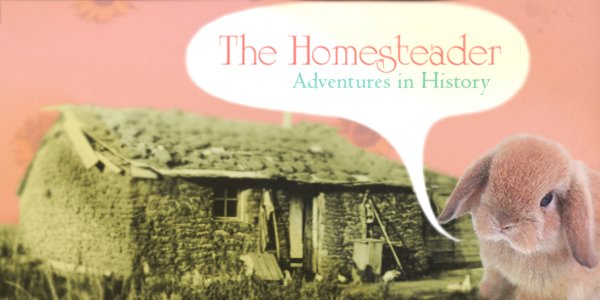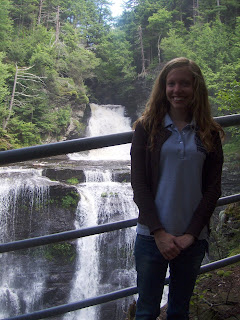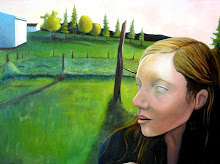Like I said, I've hiked around the Zimmerman House for years and never gave it much of a thought. The other day I was walking my dog there and I realized, "My God, there's history to this place, what have I been overlooking?" So I googled it. Apparently the Zimmerman house was built by a man named John Zimmerman, and it was inherited by Marie Zimmerman, his daughter, in the mid to late 1930s. Marie Zimmerman was an artist with a studio in Gramarcy Park, who worked with many different media. She made jewlery, cabinets, and even blacksmithed. After she moved into her father's country estate, Marie stopped working as an artist and took up hunting, marksmanship, and fishing.
Here are some photos I have taken of the Zimmerman house over the years.
The House. I guess you could call it eclectic in its architectural style. There are definitely some Dutch elements there is that gambrel roof and kicked eve, but the house is much more complex than to call it a Dutch revival.

There are numerous outbuildings on the property in various states of repair and disrepair. When I first started hiking near the Zimmerman House some of the outbuildings were full of garbage that modern visitors to the house had left behind. Now the property is cleaner.



There is still some agricultural equipment laying around.

The tree-lined alee.

A copper beech! And it's not fairing too well I must say, half of it has broken off, and I shudder to think of the state that it's in right now after the storms we've been getting.

I don't know that the NPS has any plans to open up the Zimmerman house as a historic site. The house does not contain anything valuable, and it appears that the NPS is more concerned simply with maintaining it. Although it would be nice to someday see the inside of the house, I give the NPS a lot of credit for maintaining the site so well. The concept of stewardship has been lost on many of us in this economy, and I am glad that for once someone isn't turning their back on a site just because it isn't turning a profit.



















































